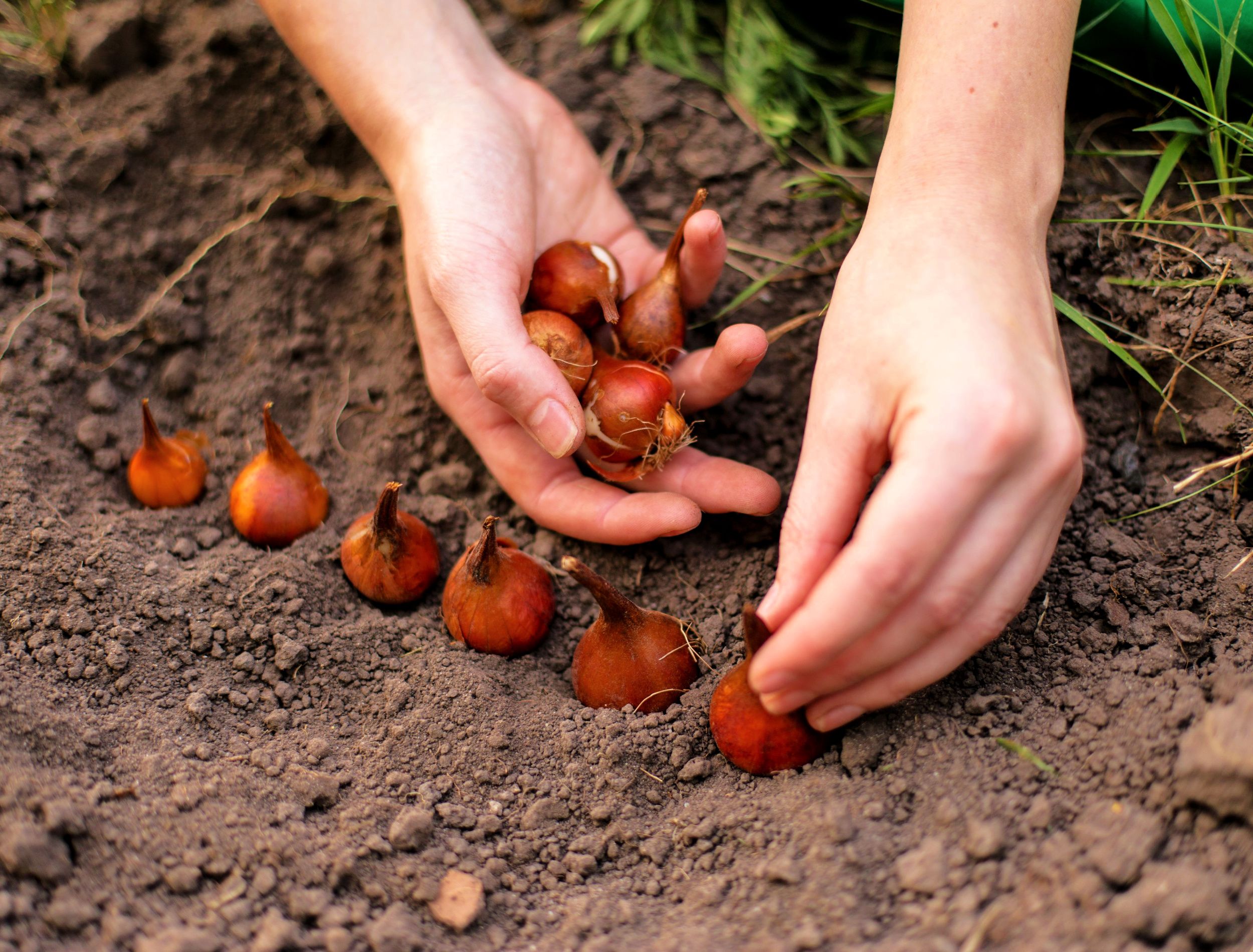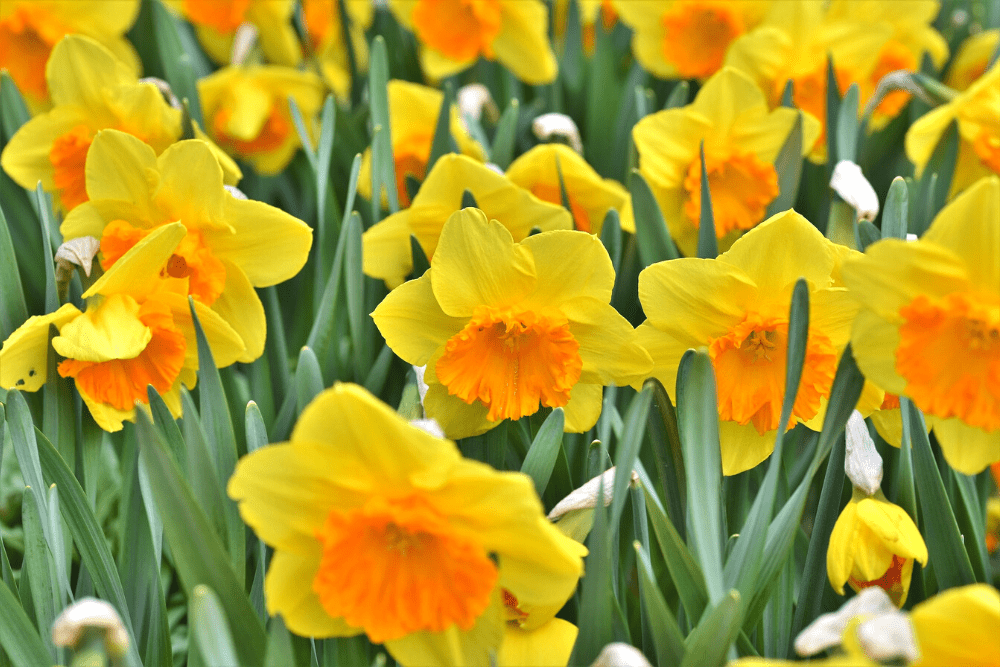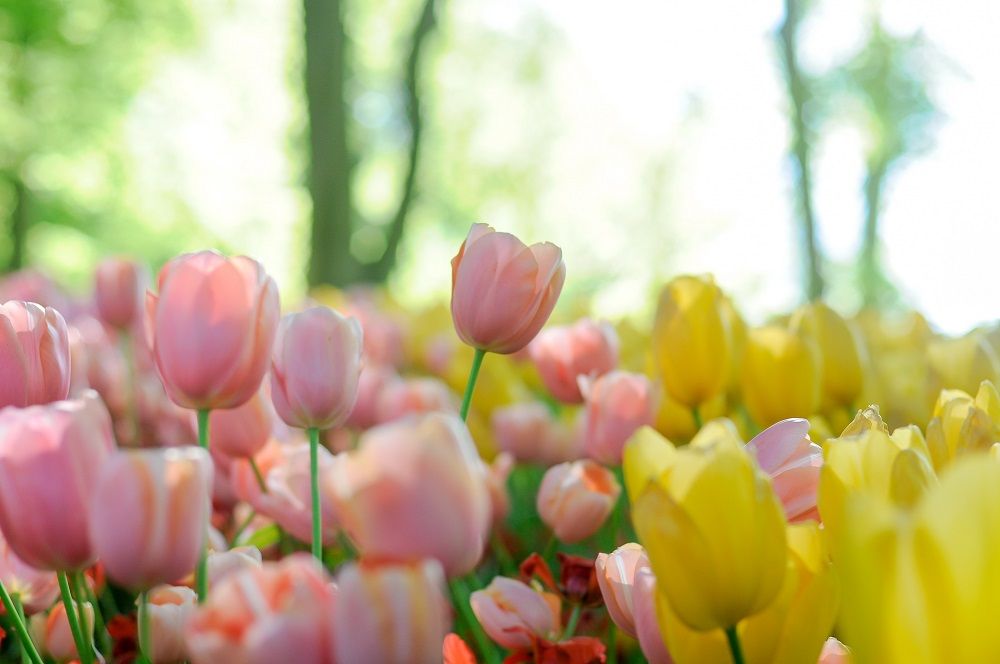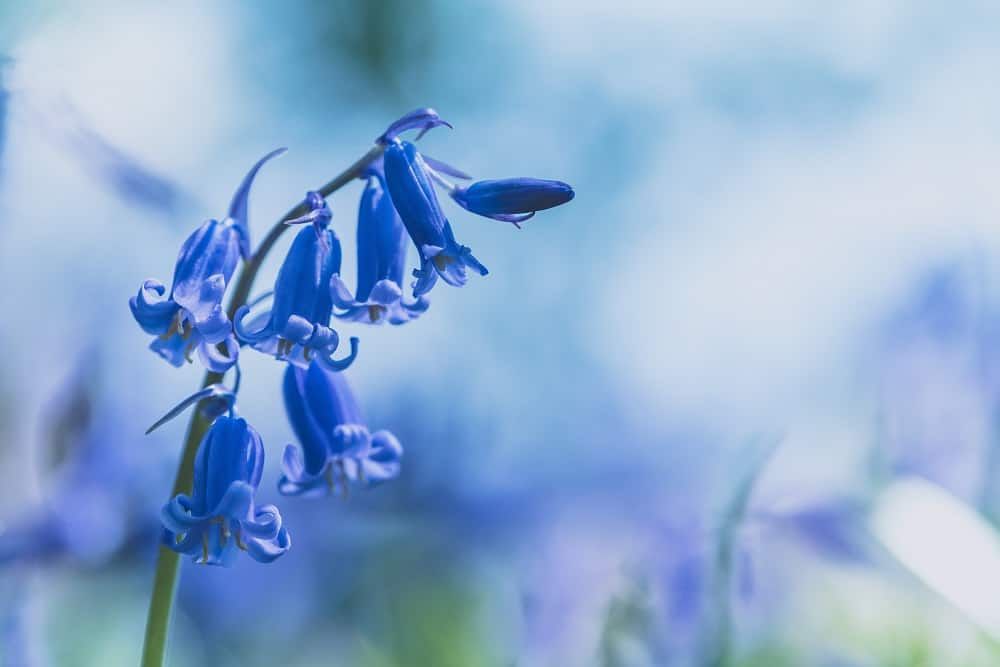Who doesn't love fall? The crisp air, the falling leaves, the pumpkin spice lattes -- it's the best time of year! But, as the days grow shorter and the nights cooler, many gardeners begin to think about preparing for springtime. One of the best things you can do is to plant some fall bulbs!
Bulbs are a great way to get a burst of color early in the spring, and there are plenty of options that will thrive in cooler temperatures. A wide variety of bulbs can be planted, each with its unique bloom time and color. Here are four of the best bulbs for fall planting.
Daffodils
Image credit: Ralphs_Fotos via Pixabay
Daffodils are easy to grow and require little maintenance. Plus, they add a splash of color to your garden in the springtime.
If you live in an area with a short growing season, daffodils are a perfect choice. Plant them in the fall, and they will bloom in the spring. Most daffodil cultivars can tolerate frost, so you don't have to worry about them dying if the temperatures drop unexpectedly.
When planting daffodils, choose a spot that gets full sun. They will do well in partial shade but won't bloom as abundantly. Ask your local nursery or garden center for advice if you're unsure where to plant them. Daffodils thrive in well-drained and fertile soil, in zones 3 to 10, and as a bonus, they repel deer!
Once grown, daffodils are pretty drought tolerant. However, they need a lot of water when you first plant them. Ensure they are moist! Later, they won't need as much water, and you can let the rain water them for you.
Daffodils are a beautiful addition to any garden. With some planning, you can enjoy their cheerful blooms year after year.
Tulips
Image credits: Giu Vicente via Unsplash
Tulips are a great option if you're looking for a bulb to plant in the fall. They're easy to grow and care for and produce beautiful blooms in the spring.
Tulips should be planted in the fall, before the first frost. This allows them time to develop roots before winter. However, they are hardy flowers and can sometimes tolerate winter planting.
They prefer full sun and well-drained soil but can thrive in partial shade. If your soil is heavy or clay-like, mix in some sand or organic matter to improve drainage. US hardiness zones for tulips are between 4 and 8.
Dig a hole two to three times as deep as the bulbs. Place the bulbs in the hole, pointed side up, and cover with soil - Water well. Tulips need water about once a week, so if it's rainy where you live, you can adjust your watering schedule accordingly.
Once they start to bloom, you can cut the stems and enjoy them indoors. After the blooms fade, allow the leaves to die back naturally. This helps the bulbs store energy for next year's blooms.
With a bit of care, tulips will thrive and provide you with beautiful blooms year after year.
Crocus
Image credits: Marc Schulte via Unsplash
Crocus is another excellent bulb for fall planting. They are easy to grow and care for and produce beautiful flowers that add color and life to any garden.
The bulbs (technically speaking, corms) are small, but they pack a big punch when it comes to color and beauty. They come in a wide range of tones, including white, yellow, striped, and purple. And they are one of the first bulbs to bloom in the spring, adding color and life to your garden when everything else is still dormant.
The crocus needs full sun or partial shade, with well-drained, moist, and fertile soil. The optimal zone to grow these beautiful flowers is between 3 and 8.
Crocuses don't require much special attention or care and will naturalize and multiply on their own over time. This means that you'll have more and more crocuses each year. Simply plant the bulbs in the fall, and they will come up and bloom beautifully, spring after spring.
Bluebells
Image credits: Jez Timms via Unsplash
The last bulb for fall planting on this list is the bluebell! This perennial flower is native to western Europe but has been widely cultivated and is now found in gardens worldwide. Since bluebells bloom in the springtime, fall is the time to get planting!
Bluebells need well-drained, fertile soil with full or partial sun. They do best in US hardiness zones 4 to 9. Once planted, bluebells will come back year after year and will naturalize over time, spreading throughout your garden or landscape. They make an excellent groundcover plant and can even be used as an edging plant along walkways or driveways.
Bluebells produce lovely bell-shaped flowers ranging from pale blue to deep violet. They're often used in cut flower arrangements and make a beautiful addition to any springtime bouquet.
If you're looking for a bulb to plant in the fall that will give you beautiful blooms come spring, then bluebells are a perfect choice! So don't wait any longer; grab some bulbs and get planting!
Start Prepping!
Fall is a great season for planting bulbs, and with a wide variety to choose from, you’re sure to find a flower you love! Whether you're looking to add bright and cheerful color to your garden or want some lovely borders come springtime, now is the time to get planting.
Do you have any tips or tricks for planting bulbs? Share them in the comments below!





